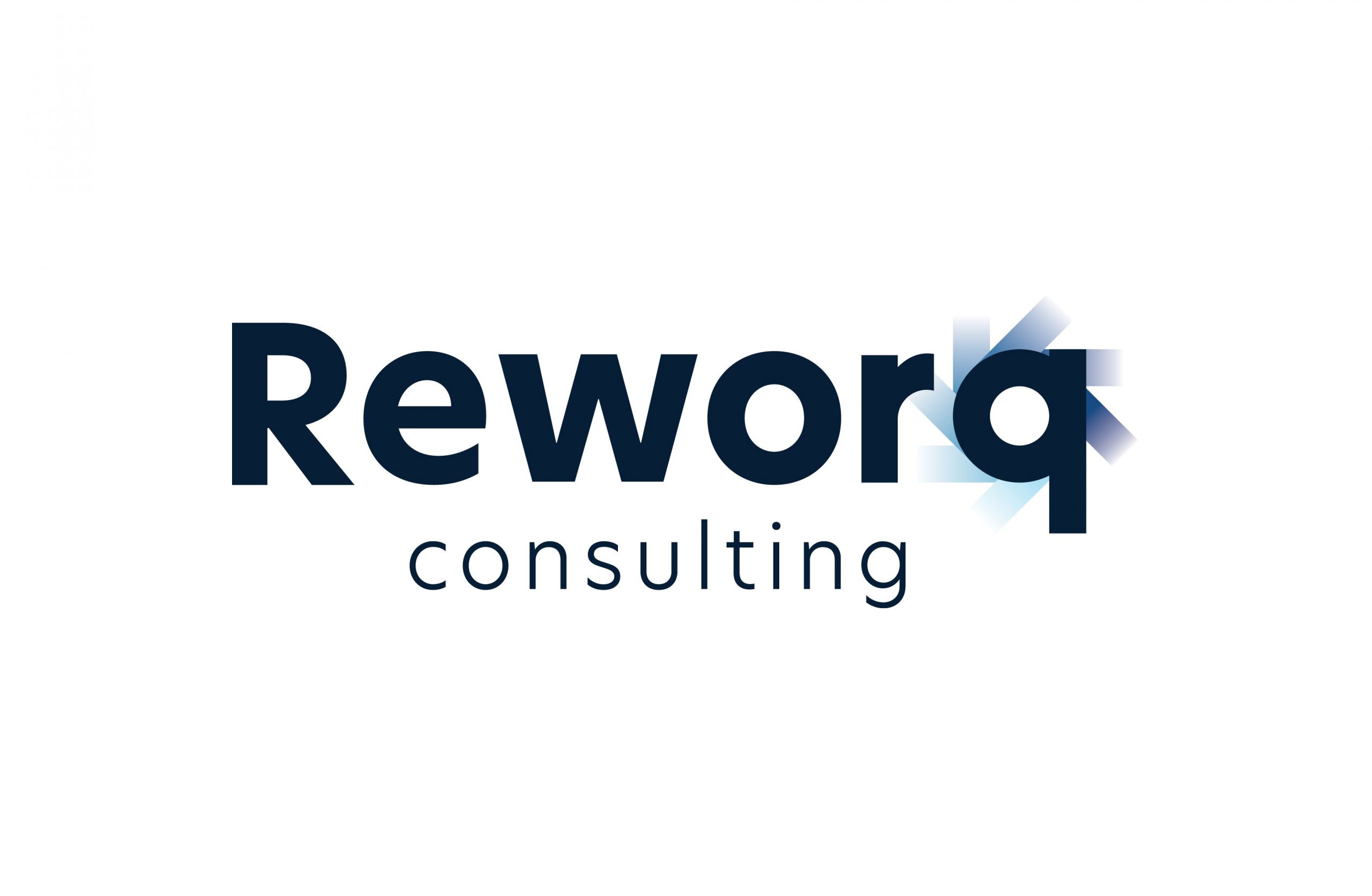Business risk is an integral part of business growth, as it allows organisations to pursue new opportunities. The higher the risk level, the greater the potential reward.
Organisation’s face a variety of business risks that are both predictable and unforeseen situations that can threaten its ability to achieve their goals and objectives. If these risks are not monitored and navigated correctly, they can seriously impact your strategic plans and potentially reduce opportunities of profitability. By identifying and managing risks, businesses can strike a balance between “risk” and “reward”, since every business model will face their own unique set of circumstances, objectives, and appetite for risk.
Risk, no matter what the form taken, impacts the organisation’s financial goals and can cause a business to fail. Business risk is an impossible task to avoid, but understanding and constantly accessing the likelihood of your potential risks is critically important in managing your risk portfolio. Yet, understanding the benefits and the type of challenges to anticipate Risk Management can assist to resolve potential problems, since controlling and effectively managing risk becomes achievable.
What is Business Risk?
Business risk is a component of Risk Management, which evaluates, prioritises, and addresses the risks involved in any changes to your organisation’s operations, systems, and processes. Business risk acts as a guide in decision-making and planning by also enabling an integrated response to multiple risks and facilitates informed, risk-based decision-making capabilities.
Business risks represents a broad set of circumstances or events that can have a negative impact on an organisation’s financial and operational activities. Risk Management practice helps to actively prevent business risks, but it is almost impossible to mitigate risks completely. Hence why it is critically important for an organisation’s ability to identify risks and have a Risk Management Plan in place.
The impact of Risk – Business Risk vs. Financial Risk
Similarly, business risk is identified from both internal activities and external forces that impact the operational areas of an organisation. The immediate focus of organisations should be to identify the risk, avoid risks (if possible), reduce the risk to an acceptable level, transfer the risk to further reduce impact and / or share the risk, and retain the risk when it is conceptually agreed and accepted. It is important to examine risk in the context of your existing systems and processes, thereby developing an efficient Risk Management Plan to counteract the risk.
Risk can be defined under two (2) main categories – Financial Risk and Business Risk.
1. Financial Risk
Financial risk is determined by leverage (or ‘gearing’) and occurs when an organisation has a heavy reliance on debt, as a source of funding.
When an organisation’s Executive Management Team must borrow surplus funds, then both principal and interest payments must be paid to service its debt obligations; liquidity management becomes a major concern especially when future risk occurs. By using debt in its capital structure, your business becomes susceptible to rising interest rates, inflation, and having to adhere to the terms of its various credit agreements (vendors) in place.
Financial risk represents an organisation’s commitment to meet its debt service obligations, as well as potential regulatory and credit reporting requirements, and yet these factors may impact the Business into an event of default.
2. Business Risk
Business risk is determined by internal and external forces that converge to create threats to an organisation and its Executive Management Team. These threats to an organisation’s operational objectives may emerge from the following:
- The external business environment, including macroeconomic forces that exist well outside the control of Executive Management (e.g., inflation, interest rates, foreign exchange rates).
- Industry-specific risks, including the level of concentration in the industry sector, regulatory risk, barriers to market entry, supply chain events, or a threat of disruption to operational activities.
- Internal organisational issues, including ineffective Executive Management or Senior Management, toxic corporate culture that cascades throughout the entire work environment, business reputational risk, and customer or supplier concentration risk.
The influence and nature of Business Risk
Business risk is influenced by numerous factors, including the following four (4) principles:
1. Risk arises due to uncertainties
Uncertainties is defined by when you are not sure of what is going to happen, in the future. Some common examples of uncertainties are – change in customer demand, government policy, market conditions, technology, etc. Business risk eventuates due to these uncertainties.
2. Risk is an essential part of any business
Risk is an important characteristic of any business. No organisation can avoid risk, although the degree of the risk may vary. Risk can always be reduced but cannot be eliminated (entirely).
3. Degree of risk depends upon the business type and industry sector
Degree of risk depends upon the type of business. Similarly, an organisation operating as a large enterprise naturally manages more risk as compared to either a small business or Small-to-Medium Enterprise (SME) business.
4. Profitability is the reward for managing business risk
Profitability is the reward for any organisation that manages their risk. Risk is not static. ”Risk vs. Reward” trade-off is designed to achieve the highest possible Return-On-Investment (ROI) but whilst simultaneously carrying an acceptable level of risk.
What is the importance of ‘risk intelligence’ in minimising Business Risk?

Risk intelligence is much more than just information gathering and is evidenced by the form of actionable intelligence. For organisations, this methodology means to provide the right information to key stakeholders so that they can make informed decisions either at the right moment or more importantly, in real-time. However, Business Intelligence (BI) allows organisations to utilise a technology-driven process for analysing data, delivering actionable information and uses the processes of analytics to continually improve follow-up questions and iteration.
In today’s environment, modern risk intelligence is more than just a simple description of systems. As part of Risk Management in enterprise or corporate businesses, risk intelligence now refers to the practice of holistically embedding relevant Risk Management procedures throughout an entire enterprise – an overall process referred to as Risk Intelligence Governance.
Why decision-making is the critical key for your Risk Management strategy?
With a critical focus on its Risk Management strategy, decision-making is the key to a “risk intelligent” organisation. Thorough intelligence gathering assists with your capability to act and make strategic decisions, which align with your business goals and objectives. Additionally, your employees must be encouraged to embrace the organisational vision and outlined in the Risk Management strategy, thereby ensuring that risk is identified within everyone’s role and across the organisation.
With building a risk intelligence organisation, the steps would include the following:
- Establishing a Risk Management Framework, policy, and processes to assess and manage risks.
- Identifying key risks, as well as the required Risk Management Plan to address risks.
- Assessing where risks could have a significant impact on the organisational value and whether to proceed with the risk or reduce the impact of the risk.
- Establishing your ‘risk appetite’ and the alignment with your organisation’s goals and objectives.
- Decisions are based with key stakeholders who have the authority to take organisational risks but acknowledge the accountability for incorrect decision-making.
Organisations need business leaders to manage time to plan, be ready for the change, and the level of the ambiguity that comes with change. While many business leaders may think that emerging and strategic risks have little or no part to play in the actual running of their organisation, it is impossible to remain completely indifferent to the exposure that risks may impact business operations.
Your Risk Management strategy should involve collaboration amongst the Executive Management Team, Senior Managers, and key stakeholder in your organisation. This is to ensure that risks are mapped to business objectives, and that the Risk Management process is aligned with your overall business strategy and vision – the secret to building a truly risk intelligence organisation.
How empowered decision-making helps with your understanding of Risk Management?
When Risk Management is executed based on inconsistent data intelligence, assumptions, or deregulated environments, the obsession with decision-making speed can of course be detrimental to any organisation.
By making irrational decisions on conventional risk assumptions this can lead to catastrophic circumstances. Therefore, by delaying strategic decisions is not always a bad scenario…it just makes logical sense! What it does provide is a critical buffer period for your Executive Management Team to leverage (and identify) the major shifts within the business environment. It also allows robust decision-making to decide on taking advantage of a strategic opportunity presented or adjust your approach with a more defensive strategy.
Simply making time-sensitive decisions with the speed of relevancy and thereby to obtain a competitive advantage, risk professionals must learn to make critical business decisions in real-time. This is why reliable Artificial Intelligence (AI) solutions are required; to review massive amounts of data within a fraction of the time of more manual processes and helps provide meaningful risk insights.
Summary
Risk is the cost of doing business and without risk, there can be no reward. Organisations that take calculated (but necessary) risks through a strategic approach maximise their chances of success, whilst minimising the potential for negative outcomes.
Risk Management is integral to the smooth running of an organisation, and it helps you make better business decisions. However, there is a risk to every business decision you make and to tackle current (and present) industry challenges in preparation for trends and potential risks in the future. By implementing an effective Risk Management Programme, organisations protect their ability to compete and reduce the number one (1) consequence of inadequately poor Risk Management – loss of business competitiveness.
An elusive challenge for many organisations is making a sound Business Case for having a strong Risk Management Programme that can provide an answer to an overriding question – “What value should be placed on loss prevention from a potential disaster but that may never eventuate?”
However, what is generally agreed is that the consequences of Risk Management failure can be catastrophic to business goals. There is a clear imperative for many organisations to develop a strong, consistent, enterprise-wide Risk Management Programme, since most prevalent business risks will either remain at current levels or likely increase.
Need some guidance on your next steps? Let’s start a conversation…



